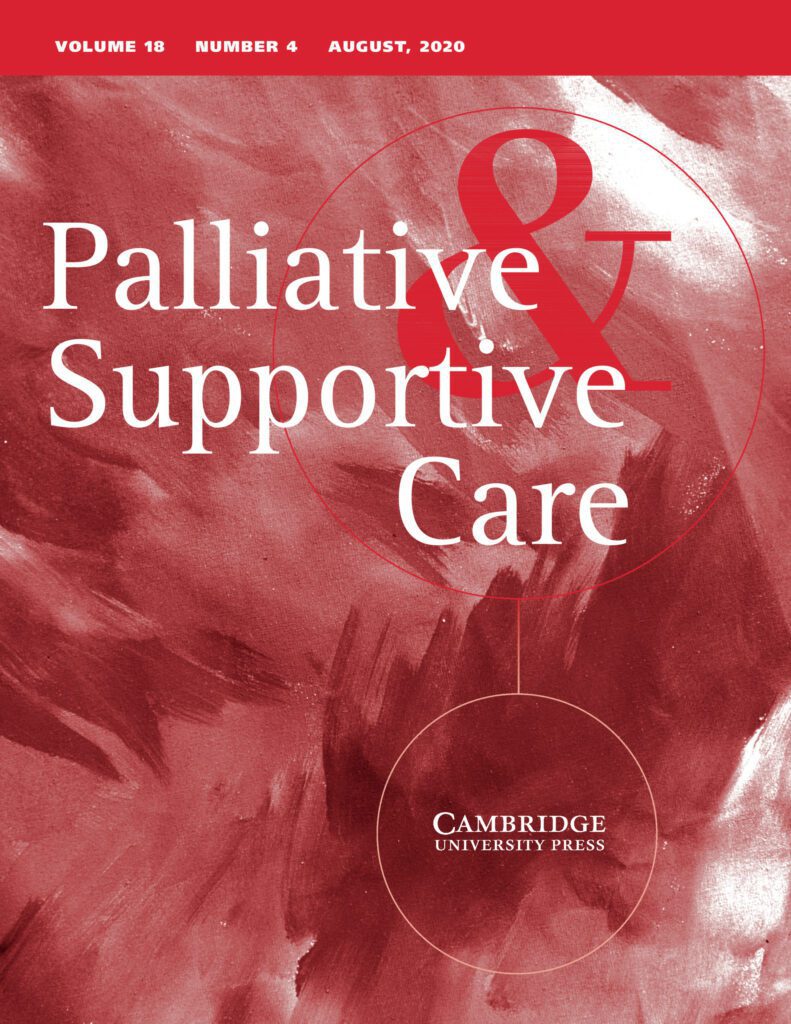Oncology
Indications
- In day hospital for pain and anxiety management of the patient
- Anxiety related to a radiology examination (scan, MRI, ....)
- Breast biopsy, tumorectomy with harpoon, lymph node removal
- During a chemotherapy or radiotherapy session
- Before and during surgery: lumpectomy, mastectomy, prostatectomy, removal of lymph nodes
- Port, Midline and PiCCline catheter insertion or removal
- Painful dressings, wound treatment, punctures, injections
- Chronic pain

Clinical studies
Clinical studies

| -93% | -42% |
|---|---|
| PAIN | ANXIETY |
Virtual reality used as a distraction for pain and anxiety in breast cancer patients, Palliative and Supportive Care Journal, 2019
Bani Mohammad E. & Ahmad M.
Results: The independent sample t-test showed a significant difference after the pain intervention. The mean of the intervention group was 0.33 (SD = 0.82), and that of the control group was 4.84 (SD = 2.57) (t = -9.19, p < 0.001). The anxiety test showed a significant difference after the intervention between the two groups. The mean of the intervention group was 37.68 (SD=3.80); the mean of the control group was 50.13 (SD=9.32) (t=-7.83, p<0.001). N=80

| -72% | -44% | -59% |
|---|---|---|
| INCONFORT | MAXIMUM PAIN | TIME THOUGHT TO PAIN |
Virtual reality analgesia during venipuncture in paediatric patients with onco-haematological diseases, Frontiers in Psychology, 2018
Atzori B., et al.
Results: During venipuncture, patients’ average pain level was significantly lower during VR for all three pain components:
- “Time spent thinking about pain” during “No VR” mean = 3.23 (SD = 2.98) vs. “Yes VR” mean = 1.33 (SD = 1.05), p < 0.05, Cohen’s d = 0.62, moderate effect size;
- “Inconvenience pain-related of pain” during “No VR” mean = 3.27 (SD = 3.43) vs. during “Yes VR” mean = 0.93 (SD = 1.16), p < 0.01, Cohen’s d = 0.70, moderate effect size;
- “Worst pain felt” during “No VR” mean = 3.60 (SD = 3.00) vs. during “Yes VR” mean = 2.00 (SD = 1.20), p < 0.05, Cohen’s d = 0.51, moderate effect size.
Results: During venipuncture, patients’ average pain level was significantly lower during VR for all three pain components:
– “Time spent thinking about pain” during “No VR” mean = 3.23 (SD = 2.98) vs. “Yes VR” mean = 1.33 (SD = 1.05), p < 0.05, Cohen’s d = 0.62, moderate effect size;
– “Inconvenience pain-related of pain” during “No VR” mean = 3.27 (SD = 3.43) vs. during “Yes VR” mean = 0.93 (SD = 1.16), p < 0.01, Cohen’s d = 0.70, moderate effect size;
– “Worst pain felt” during “No VR” mean = 3.60 (SD = 3.00) vs. during “Yes VR” mean = 2.00 (SD = 1.20), p < 0.05, Cohen’s d = 0.51, moderate effect size.
Testimonies










